People have reached out to me asking how they can make their outdoor groups more inclusive for transgender people.
I always share my personal experience, but I felt like I wanted to do more. So I talked to 35 transgender, non-binary, Two-Spirit and gender-diverse people about what makes them feel safe and included in outdoor groups. Here is what they told me.
Let’s start with the basics
Transgender people are people who do not identify with the gender they were assigned at birth.
There are a lot of ways to be transgender. Some people transition from one binary gender to another. Some people are non-binary, which means their gender doesn’t fit into the categories of man or woman. Two-Spirit is a term used by Indigenous people to describe a range of gender identities and sexual orientations.
There are a lot more words that trans people use and language changes over time. You don’t need to memorize everything. You can always look up words to learn more. The most important thing is to use the language people ask you to use when referring to them.
You cannot tell if someone is transgender by looking at them. Some people will tell you that they are trans and some will not. You’ve probably met many trans people, even if you did not know it at the time.
Most people are cisgender. This means people thought you were a boy or a girl when you were born, and it turns out this was right!
Why does gender matter if you’re outdoors?
Stepping onto a hiking trail doesn’t make magically make your problems go away. And many transgender people deal with a lot of problems.
We might be called the wrong name or the wrong pronouns — even after we respectfully correct someone. People we’ve just met might ask us inappropriate and deeply personal questions. Finding a public washroom you feel safe using can be daunting.
Trans people face discrimination, harassment and violence especially those of us who are also Indigenous, Black and/or People of Colour. Many of us have a hard time finding and keeping jobs due to workplace discrimination. About 1 in 10 trans people have experienced physical violence because they were trans. Fatal violence disproportionately affects trans women of colour.
Many of us carry trauma. We may feel anxious meeting new people. We may panic when we are reminded of things in our past. We might have a hard time telling if a new space or activity is safe for us.
All this can make it much harder get outside in a safe way– even though being in nature with supportive community can be very healing and enjoyable.
Gender inclusive policies
The first opportunity to show that your group is inclusive of trans folks is your website, Instagram account or whatever public facing documents you have.
Ali is a queer non-binary person whose interests include mountain biking and SCUBA diving. Before joining a new group, they look to check “if the group has a statement about being LGBTQ-friendly, or a non-discrimination policy inclusive of all potential identities.” They also check to see if the group says if non-binary people are welcome.
Brie (pictured below) is a white woman and a climber instructor. She says that she feels safe when “signup forms have inclusive gender choices.” She is also looking for medical forms where the “questions are crafted in such a way as to not out me to trip leaders who see the forms.”
Jordan is a queer trans man who enjoys hiking, paddling and camping. He says what makes him feel safe is “overt language indicating the space is accepting of all gender identities.” He goes on to say that this inclusive language “communicates that an organization will prioritize my safety over someone else’s ignorance if there is ever an issue.”
Jordan brings up an important point. It’s not just about words, but actions. If you say you welcome trans people, what concrete steps will you take to stand behind this?
Share your pronouns
Offering your name and pronouns when you introduce yourself to someone, regardless if you think they are trans or not, will go a long way in creating welcoming spaces for trans people.
Pronouns are words like “she”, “he” or “they” that people use to refer to you instead of your name. Transgender people aren’t the only ones with pronouns. Cis people have them too!
It’s not just sharing pronouns — it’s using them! Mik (pictured below) is a queer, non-binary thru-hiker and trail runner. Mik uses they/them pronouns. They say they feel safe when people “use my pronouns without a fuss, and not think that I am something strange and exceptional.” Mik just wants to “get down to outdoorsing together without it being such a ‘thing’!”
If you feel a bit awkward using they/them pronouns at first, that is normal. Here is an article about they/them pronouns if they are new to you. Many people practice a bit so it comes easily when needed!
Privacy around peeing
Bathroom situations can be very stressful for trans people, even when there are no gendered washrooms. Recall the last time you peed outside without privacy, like taking a quick break on the side of the trail or on roped up on a glacier. Imagine how difficult it is for a trans person to manage a situation where everything thinks you stand to pee, but you need to squat!
Miles describes himself as “transmasc queer mixed settler.” He loves fishing, quadding and foraging. He says, “I always feel a bit on edge out with non queer folks, especially when I have to pee. It feels safer out with other queer folks, like I don’t have to hide or be stealth or anything.”
Taver is a trans man who loves kayaking, canoeing, paddle boarding and hiking. He says, “I am always stressed about the bathroom situation.” He described a stressful trip where everyone had to have “bathroom buddy” because they were in grizzly territory.
“Noah” is a white, Jewish, queer, transgender college student. His favourite outdoor activities include backpacking, sea kayaking and snowboarding. He says he feels safe when “people using inclusive language when talking about bathrooms, hygiene and bodies.”
For example, if you were going to discuss how to manage tampons or pads on the trail, you would address everyone — not just the women. And you’d call them tampons and pads — not feminine hygiene products.
People over objectives
This theme has nothing to do with gender, but perhaps a lot do to with the experience of being trans. Many of us want trips that prioritize everyone’s physical and emotional safety over reaching an objective.
Rachele describes herself as non-binary, lesbian, gay and queer. She loves casual walks and plant identification. She says she is a “socially awkward person.” She feels safe when “others are kind and include me or when they keep conversations open enough that I can include myself.”
“Robin” describes themself as non-binary, agender and “mixed bag of humanity.” Some of their favourite activities are canoeing, foraging and outdoor cooking. They said, “When we are out on bigger overnights, our group of friends has a die hard rule that everyone in the group has to agree with any major decisions. If any of it stretches another person’s comfort levels, we collectively agree that we won’t do it. No one has to feel pressured or guilty about it. I think that’s hands down the most important thing regardless of gender or anything else.”
Julia is the founder of A̱ka̱la Outdoor Education Society and is a Paddle Canada certified Coastal Canoe Instructor. She describes herself as Indigequeer, non-binary, bisexual and pansexual. She says what makes her feel safe in a group is when there is “no pressure to be super fit” and when people are “able to enjoy the moment not suffer through it.” Julia also likes it when there is time for “group discussion where we go around the circle.” Julia is working to create a outdoor program for queer folks in her First Nation. If you’d like to support her organization, consider donating.
Safety in diverse numbers
There can be a lot safety when you can bring your friends along or you see people like you in the group.
Alex describes themself as “nonbinary, mixed race of white and filipinex ancestry, bisexual (or generally queer), settler.” They love rock climbing and running. Alex says they feel safe when they “know a couple people in the group well enough to know that I have allies to support and defend my safety.”
Michè describes themself as “queer, trans, indigenous, latinx and two-spirit.” They feel safer when they see “other visibly queer people” and other people of colour in the group.
Caleb describes themself as “differently gender, polysexual, polyamorous.” They love canoeing and slow hikes where their dogs are welcome. Caleb said they feel safe in groups with “zero tolerance for cis-sexism, racism, body shaming, or other expression of discrimination and prejudice against marginalized groups.”
Creating safe space for trans people extends beyond gender.
Take a moment to reflect on your most recent group trip. Was your group mostly white? Mostly male? Mostly straight? Consider this blog post an invitation to ask yourself why. Self-reflection is an important first step in creating more inclusive groups.
What’s next?
Thank you to every trans, non-binary, Two-Spirit and gender diverse person who talked to me, took my survey or allowed me to use their photo in this post. I am so grateful for your vulnerability, generosity and wisdom. I am sorry I could not include stories from everyone, but what you shared helped shape this post.
And thank you to all cisgender allies who took the time to read this whole post. It may seem like a lot, but don’t let fear of not doing it perfectly get in your way. Start somewhere. You will definitely make mistakes. Accept feedback gracefully and keep going.
I have a few more blog posts about trans inclusion in the outdoors coming! If you want to read future posts from me, be sure to subscribe to this blog.
If you want to learn more about how make your group trans inclusive, consider calling a professional. I recommend the amazing folks at Ambit Gender Diversity Consulting. I have taken several of their workshops. You may also want to check out Kori Doty who help contributed information to this post.
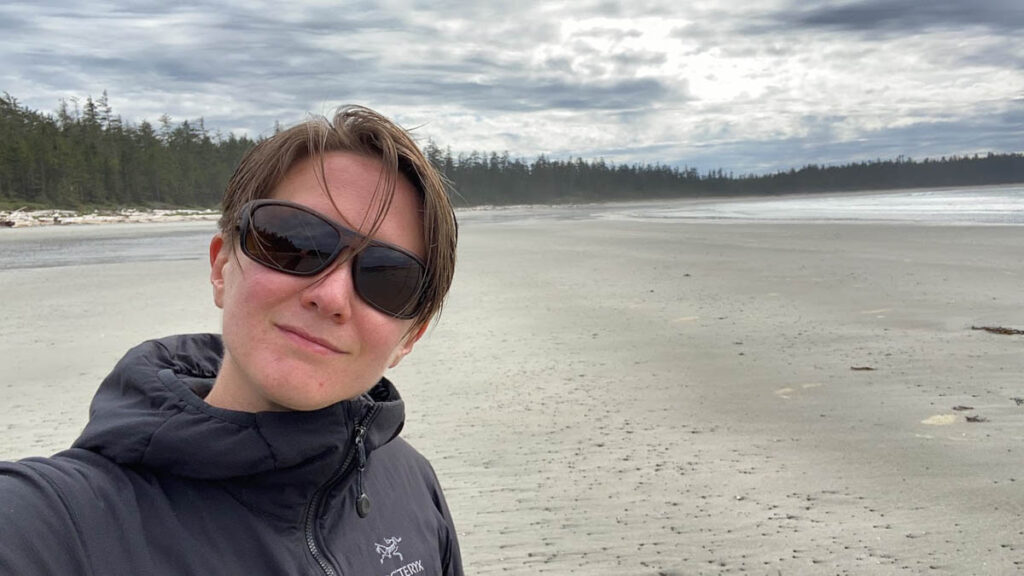
Did you find this post helpful?
Please share it with your networks!
This blog costs several hundred dollars per year to run, not including my time. To keep this resource sustainable, please consider donating. No amount is too small.
Discover more from We Belong Outside
Subscribe to get the latest posts sent to your email.

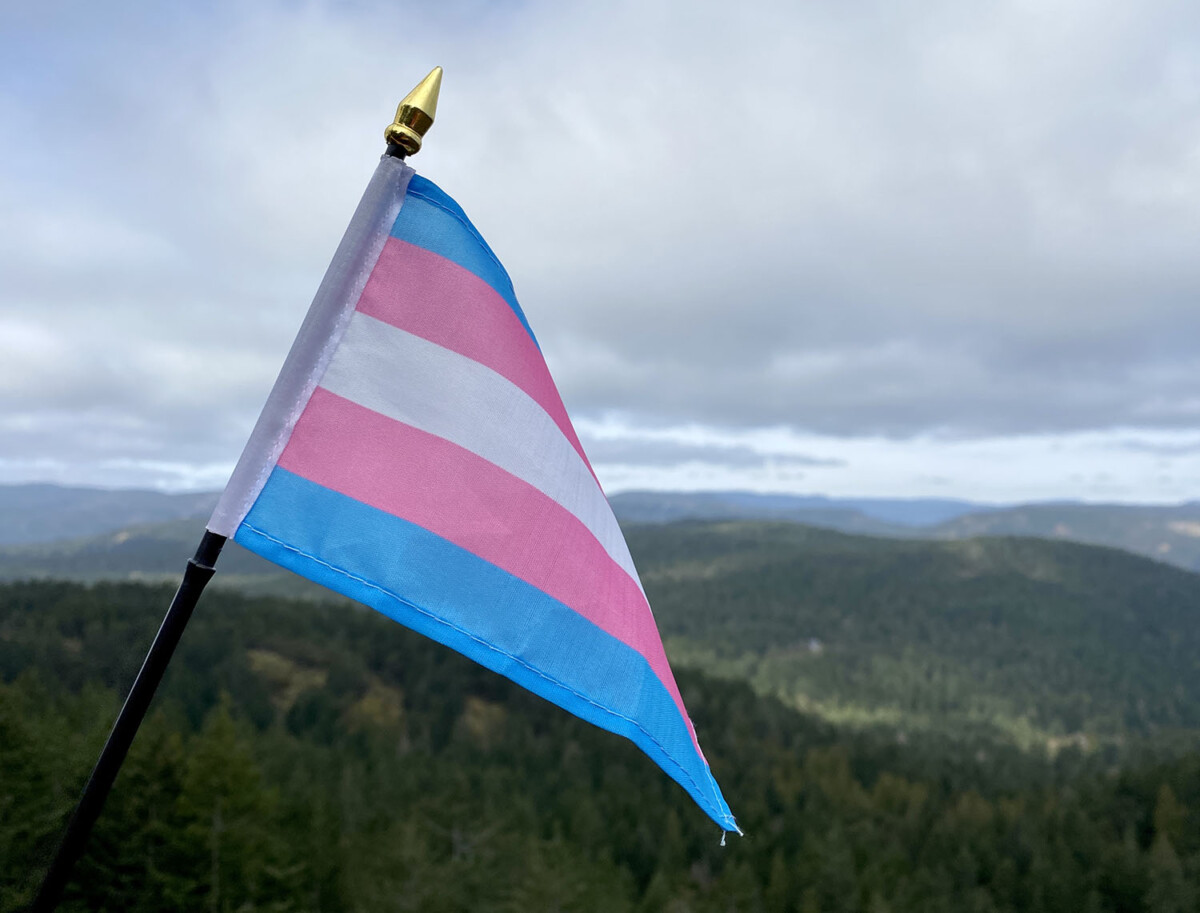
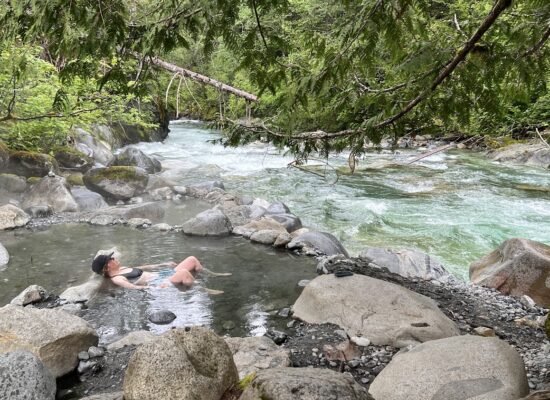
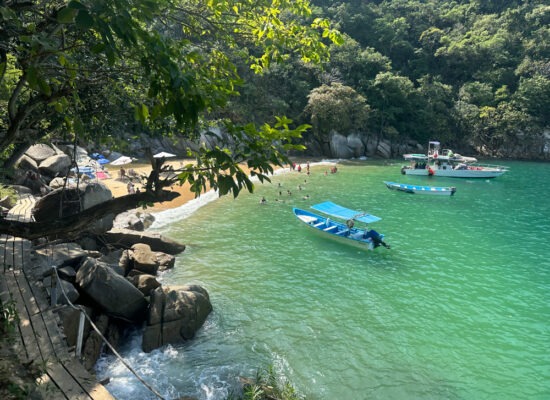
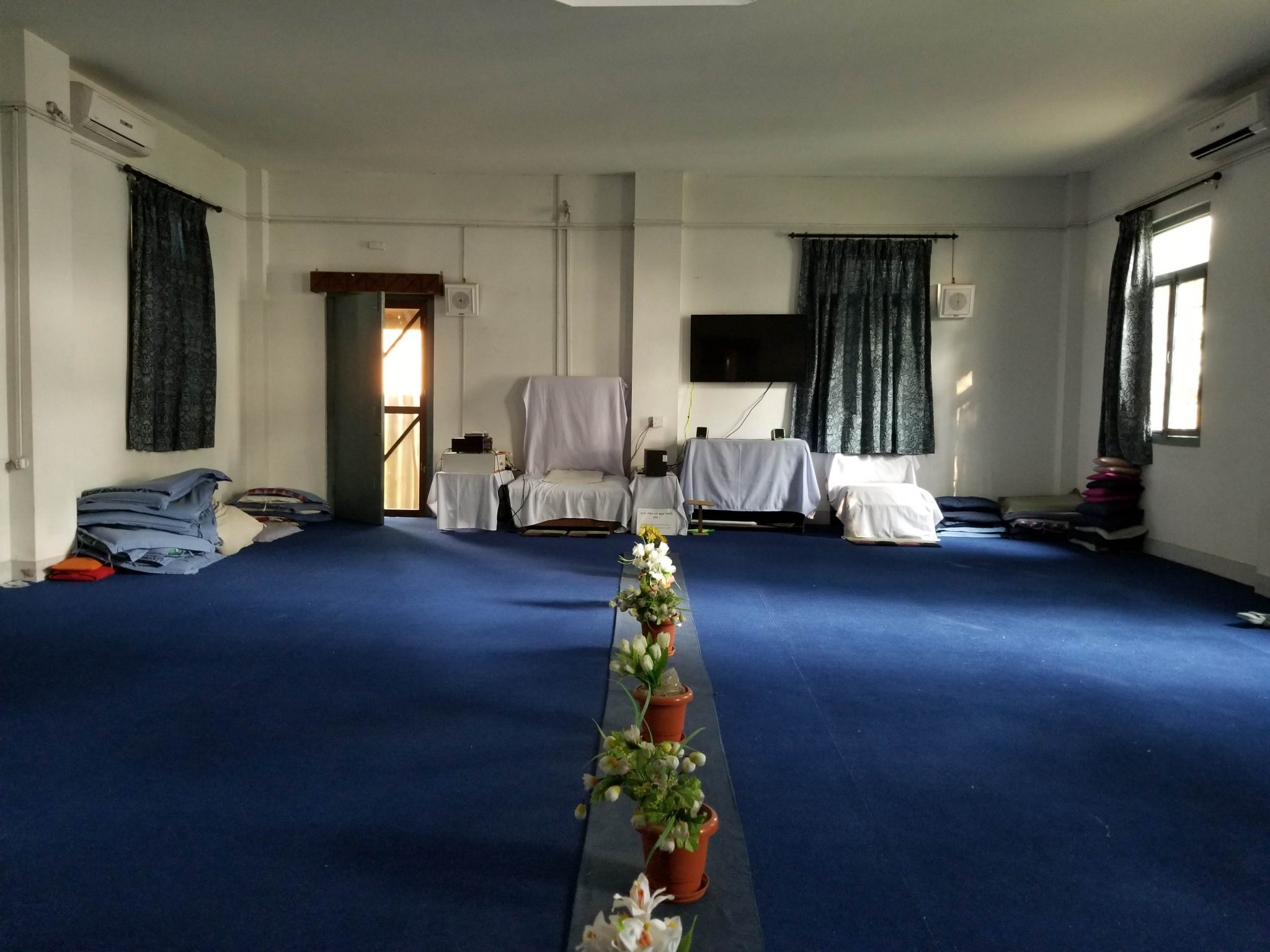
5 thoughts on “Creating trans-inclusive outdoor groups”
This is wonderful. Thank you!
I loved “mixed bag of humanity.” This is a great resource! I’m excited to share it with others.
Thank you for this fantastic article!
Thank you for writing this insightful and informative post!
Proud of you! Keep it up and keep them posts coming!